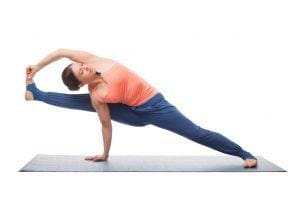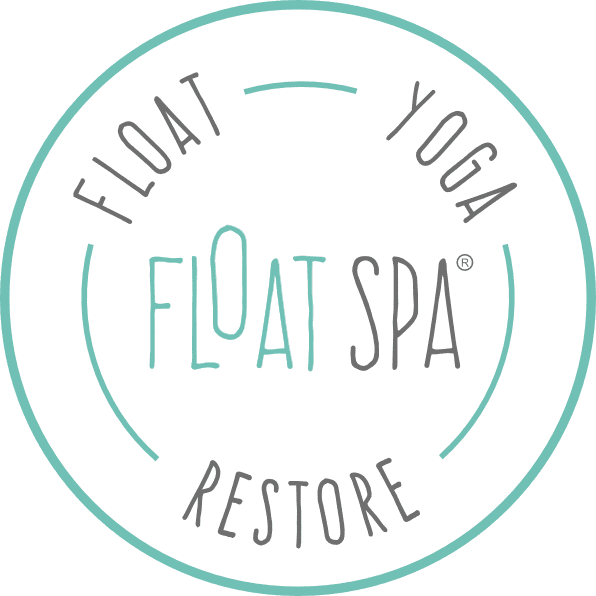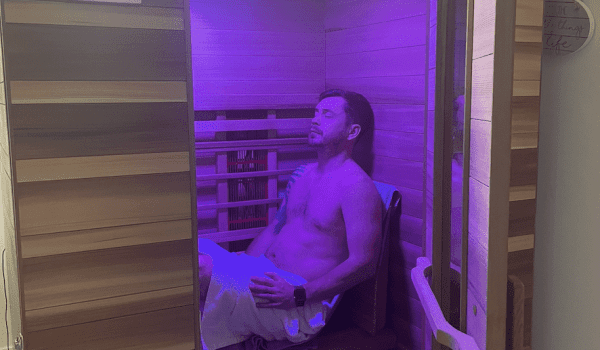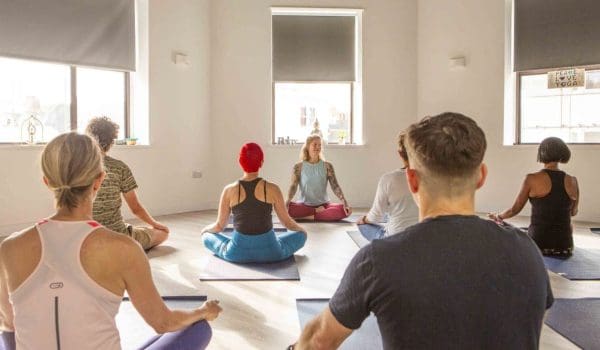There has been a huge amount about safety in yoga in the media recently. With all the talk about injury and risk why on earth would you want to go to an intermediate or advanced class? Going to an ‘experienced’ level class can fill students with fear and spark an overactive imagination that foretells classes based on gymnastic skills, inadequacy, singing or even worse, injury (of the ego or physical body). For sure the more experienced classes are not for beginners for a reason. They require a certain level of embodiment and yoga practice before moving forward but this certainly does not mean that you need reptilian flexibility or gorilla force and strength. Experienced yogis know their own strength and flexibility, their weaknesses and resistance and they use their yoga practice to work with them not against them. We experience so much shame in our bodies and yoga can be another area to exploit this. Not every body will be able to do every posture. The nuances in our bodies, nervous systems and emotional well being are not one size fits all. We can’t use yoga to fix us because we are not broken. What Yoga can teach us is to listen and respond. In my classes for the last few months I have been teaching what I call ‘big’ yoga. I am encouraging students to not check out and to feel everything. This often means feeling the weakness of the quadriceps in utkatasana (chair pose), feeling the restriction in the soft tissue around the hip joints or simply feeling the resistance in the body as the ego tries to push us towards a goal that we are not ready for. So now we get somewhere….

The ego is one of those big contenders in the cause of many yoga injuries. I am speaking from experience. Back at the beginning of my Yoga journey some 13 years ago I was a Bikram practitioner with a type A ego. The lasticity in my joints and my hunger for perfection led me to injure my right hip enough that I didn’t practice yoga in a studio for years afterwards. While I never went back to that style of practice I am truly grateful to that particular injury because that was when the real yoga started. I stopped practicing yoga to be better at yoga, I started to build an embodied home practice which had very clear ‘bad pain’ signals which I learned to listen too and I began to go really slow – frustratingly slow. That is when I was ready to move on to the next level.
If your concern about going to a more experienced level class is based on fear of injury then you only need to worry if you are not connected to your practice. After all, the ultimate goal of yoga is to move beyond “I” and move into absorption – pretty impossible if you are grasping getting YOUR leg behind YOUR head. Of Course to move forward in our Yoga journey we need to have an understanding of the postures, their alignment and have confidence in our teacher, but ultimately the practice is yours to nurture. At the beginning stages of expanding your practice remember that a bruised ego is better than a torn hamstring!
The simple fact is that the more experienced we become in yoga the more we get attached to results. Unfortunately when you touch your toes in a forward fold or perfect your forearm stand the only thing that happens is you touch your toes or hold your inversion. Are you suddenly free from attachment and aversion? Transcended? It’s not life changing, in fact it can be a bit of a let down. This is where the yoga can creep in. The attachment to the physical practice becomes less meaningful and the energetic and meditative practice starts to shine through the cracks that the asanas have been working to open. ‘The beginner’s mind’ concept gets thrown around A LOT in yoga, for a good reason! Get out of your own way so that you can do your practice. Working with ‘easy’ poses is certainly not staying in your comfort zone and noticing the flow of breath and energy in a pose increase can be a whole lot more fulfilling than getting your head to your shins.
My advice for moving your practice forward? Be honest with yourself. Feel the resistance, anger and frustration. Know the space, breath and absorption of your practice. Then you’re ready to jump down the rabbit hole.
Sarah teaches intermediate vinyasa flow yoga at The Float Spa on Saturday mornings 9-10am










